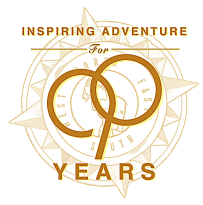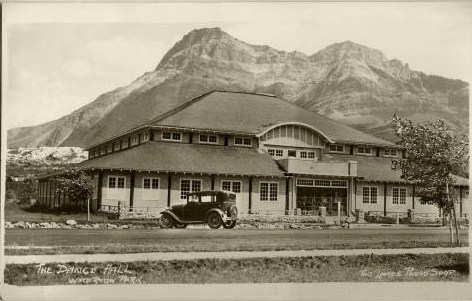
During the 1920’s Waterton saw a lot of building and town growth; it was in 1926 that the Dance Pavilion in Waterton was built and opened. It was the place all the folks came to on the weekends. Grandma Bessie (pictured center above) and Earl Hacking talked all the time about how fun these dances were, they attracted people from all over southern Alberta. The dances back then were called “Jitneys” and the boys would pay to be on a dance card.
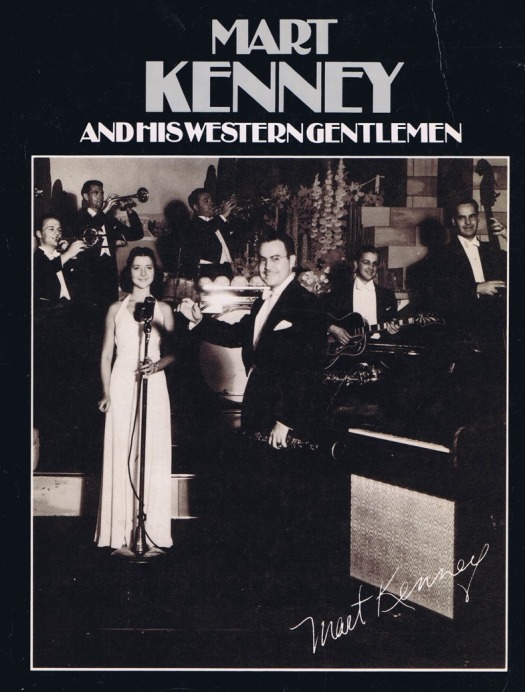
From the 20’s through the 50’s Waterton was known far and wide for its “dandy dances” at the dancehall downtown. People would come from miles around to hear bands like Mart Kenney and his Western Gentlemen and The Lovin’ Spoonful. Old timers remember when men would pay a dime a dance “and they always paid for the dance for the ladies.” When the dance was over they would rope everyone out and start the process of paying for the next dance again. “It was great fun,” they all say with a smile and fond memories.
The Dance Pavilion burned down in 1938 and was rebuilt. In later years it was used as a roller skating rink for a period and later as a pub and dance floor. Today it is the Thirsty Bear Kitchen and Bar.
Mart Kenney and his big band played in Waterton for many years. In the 1990’s the Waterton Natural History Association would have a ball with dinner and an auction hosted at the Prince of Wales Hotel. This event always took place on the last evening of the season that the Prince of Wales was open. The furniture of the lobby was moved out of the way and a temporary floor was laid down, the band would play in front of the windows of the lobby. I remember it was amazing to listen to the band and look out the large windows down the valley of Waterton Lake. The view was so romantic with the lights from the townsite twinkling in the backdrop against the lake. We would also go up to the second floor off the lobby and look down at all of the people dancing on the dance floor. This ball was a wonderful way to end each season of work in Waterton, everyone had time to visit and just enjoy themselves. All of us here at the Northland Lodge truly miss this magical event with the big bands inside the Park’s iconic Prince of Wales Hotel.
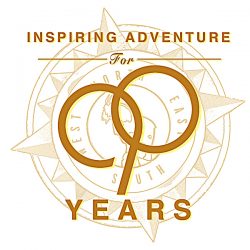
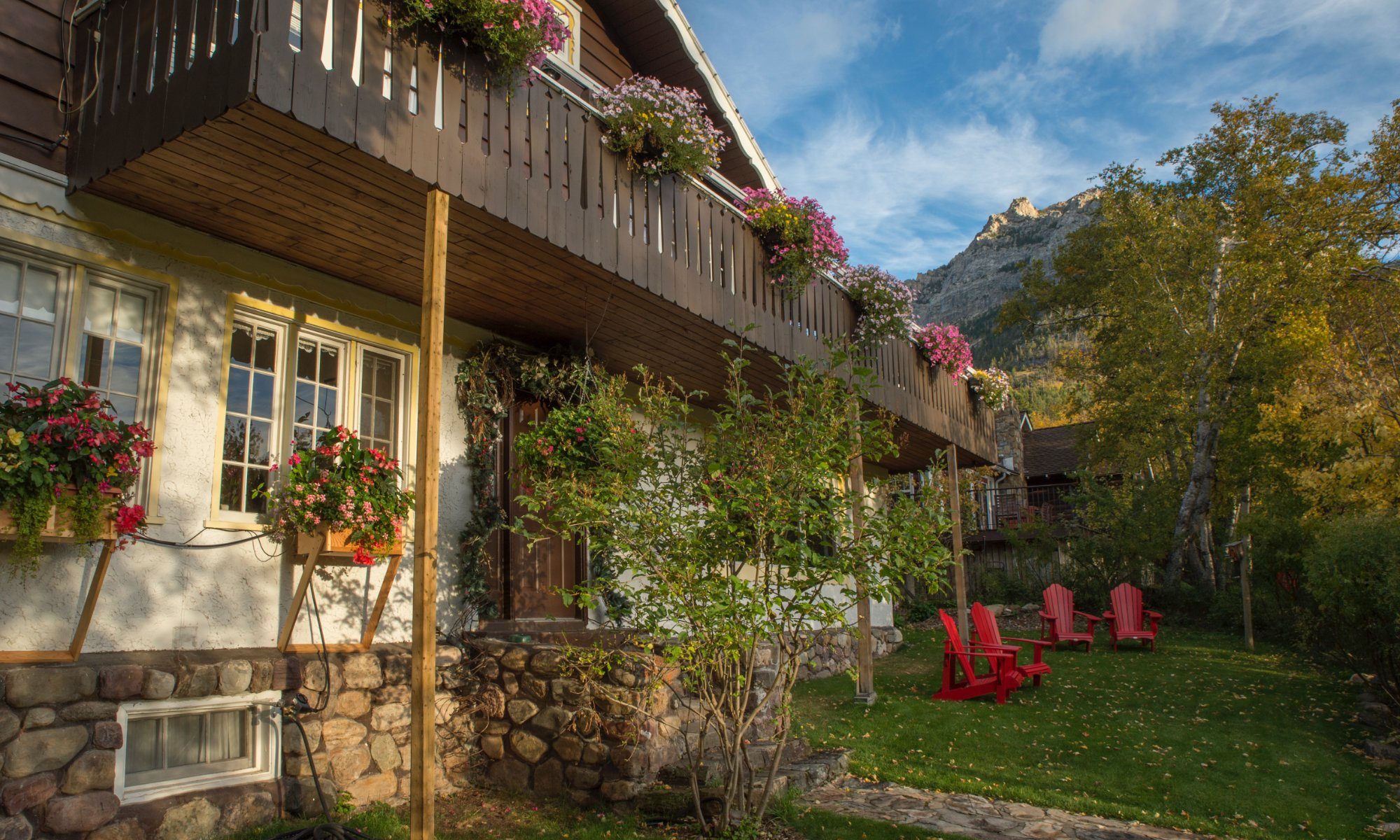
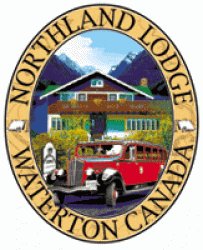



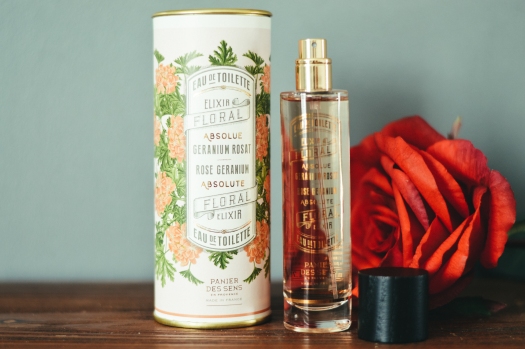
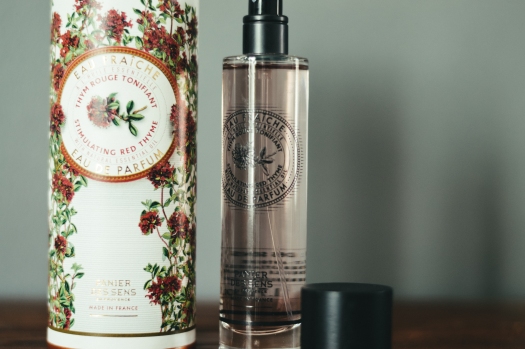
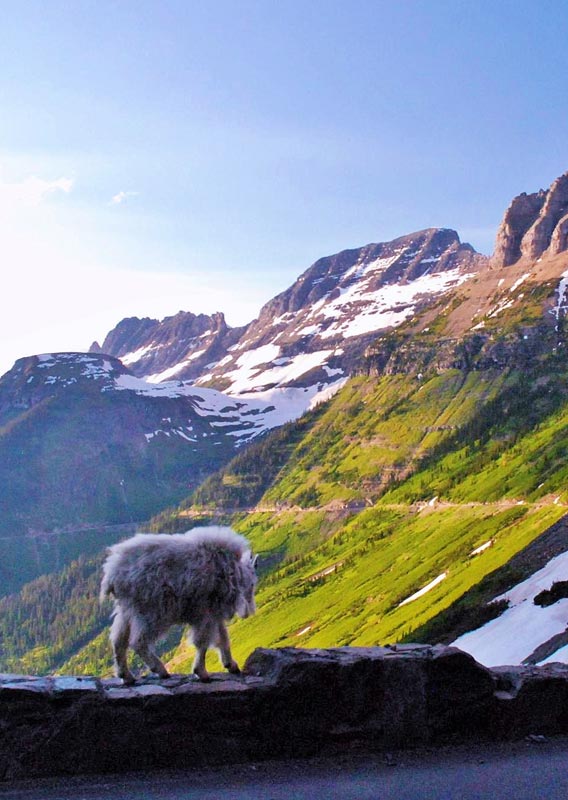
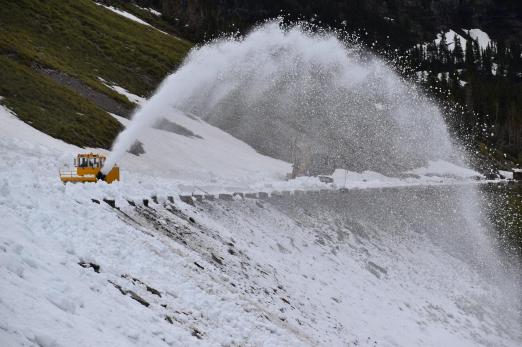
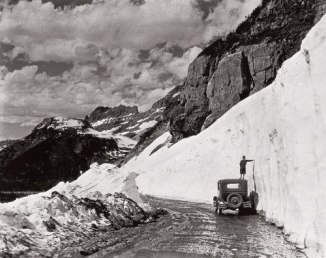
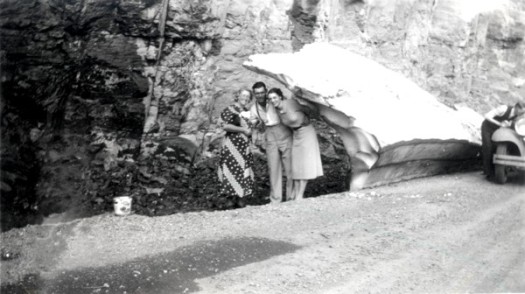
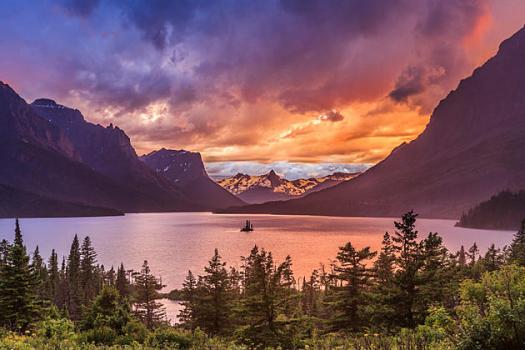

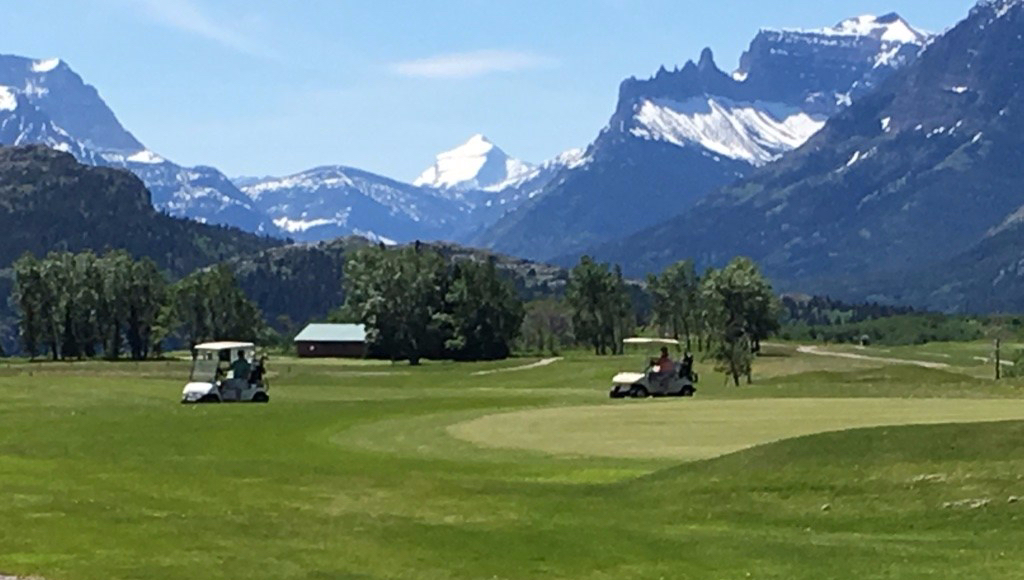

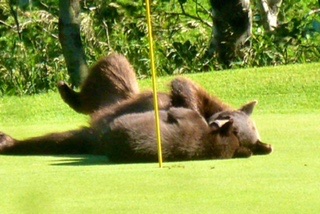
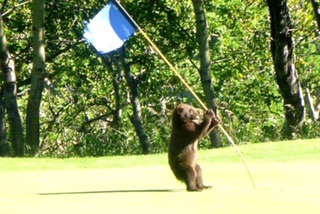 restored to reclaim their position as being among the best in Alberta. It is the only place I have golfed where without much effort you can see quite a bit of wildlife and marvel at the scenery. It is possible to see moose, fox, elk and bear. I’ve heard the bears love to break off the sprinkler heads to get a drink of watered play around the greens!
restored to reclaim their position as being among the best in Alberta. It is the only place I have golfed where without much effort you can see quite a bit of wildlife and marvel at the scenery. It is possible to see moose, fox, elk and bear. I’ve heard the bears love to break off the sprinkler heads to get a drink of watered play around the greens!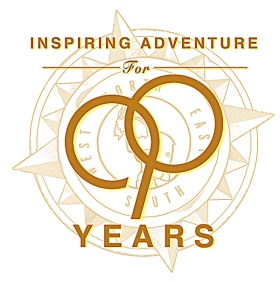
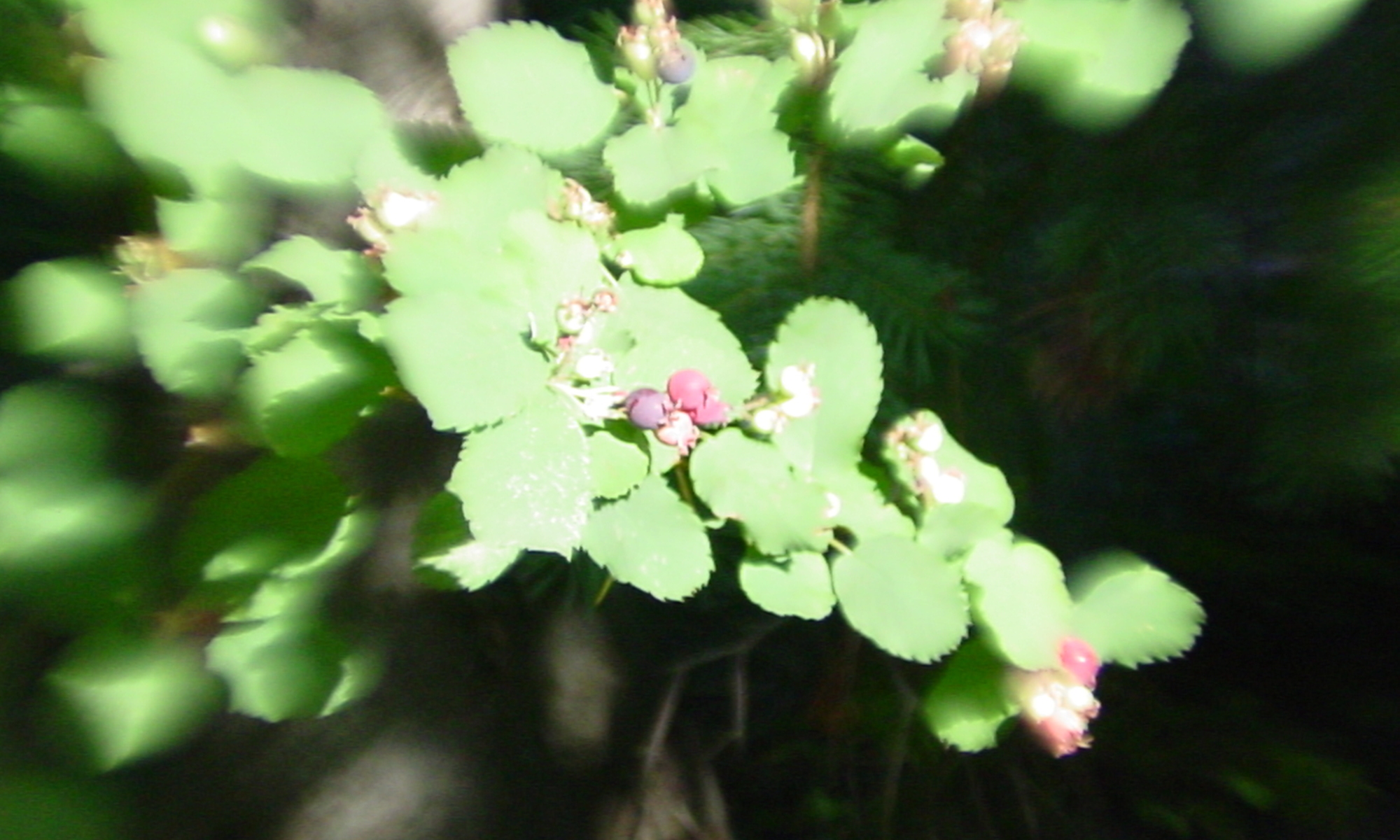
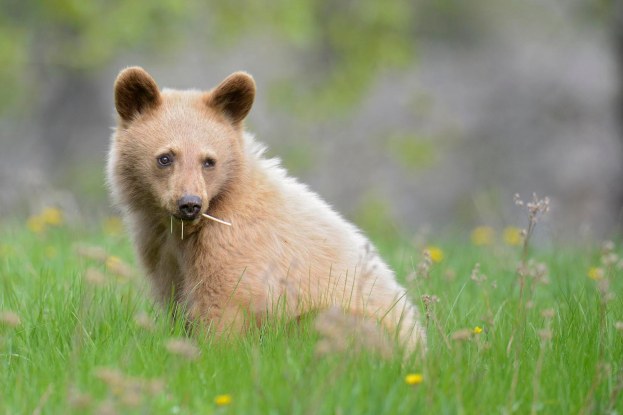
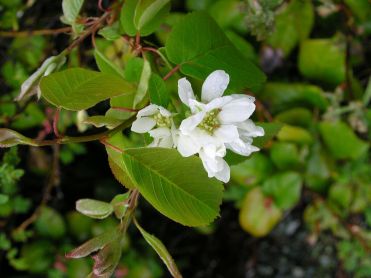
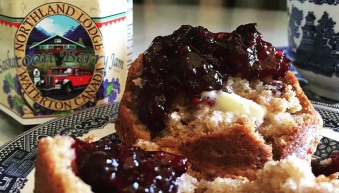 At the Northland Lodge we offer our own Saskatoon Berry Jam, and pies for you to enjoy. We serve Saskatoon berry jam every morning with our complimentary homemade hot muffins, along with coffee, teas and juices. It is a great time for guests to meet, visit, discuss their adventures and plan their day! We also offer jams to take home to remember and share your visit in Waterton, Glacier and the Northland Lodge. While you are here you will also want to try our Saskatoon Berry Pie! This pie is delicious with ice cream and a wonderful treat in the evenings. If you have a family reunion or lots of mouths to feed we offer whole pies. For a midnight snack to share we have pie by the slice! Either way be sure to reserve your piece of pie beforehand as this coveted berry pie is limited!
At the Northland Lodge we offer our own Saskatoon Berry Jam, and pies for you to enjoy. We serve Saskatoon berry jam every morning with our complimentary homemade hot muffins, along with coffee, teas and juices. It is a great time for guests to meet, visit, discuss their adventures and plan their day! We also offer jams to take home to remember and share your visit in Waterton, Glacier and the Northland Lodge. While you are here you will also want to try our Saskatoon Berry Pie! This pie is delicious with ice cream and a wonderful treat in the evenings. If you have a family reunion or lots of mouths to feed we offer whole pies. For a midnight snack to share we have pie by the slice! Either way be sure to reserve your piece of pie beforehand as this coveted berry pie is limited!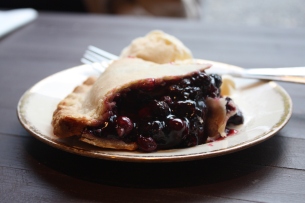

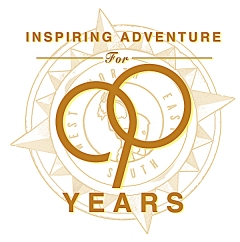
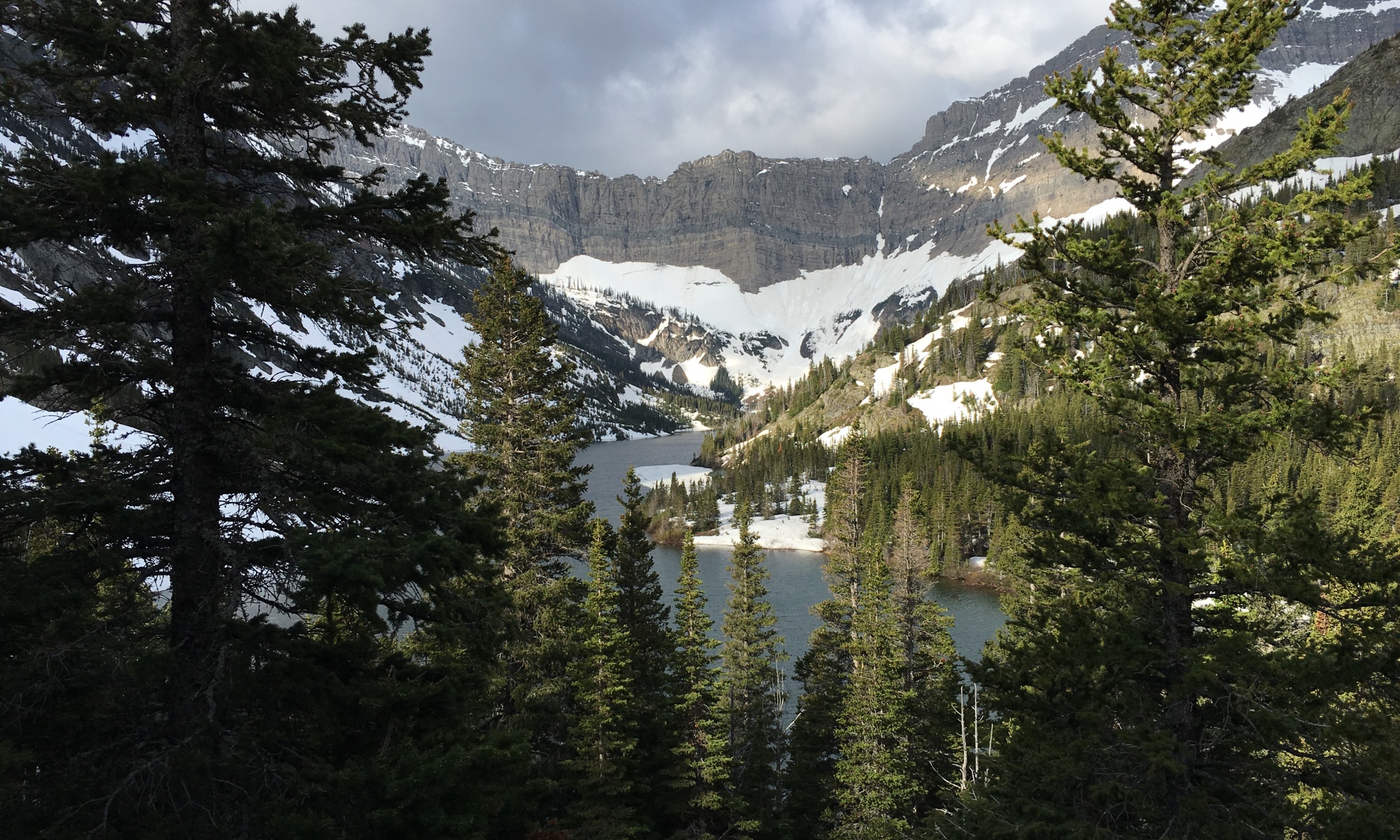
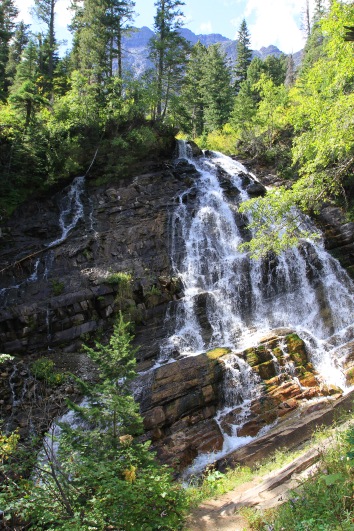
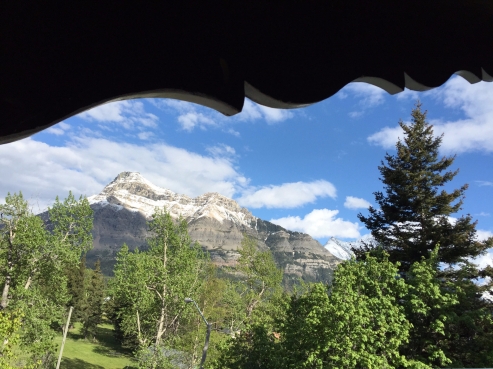
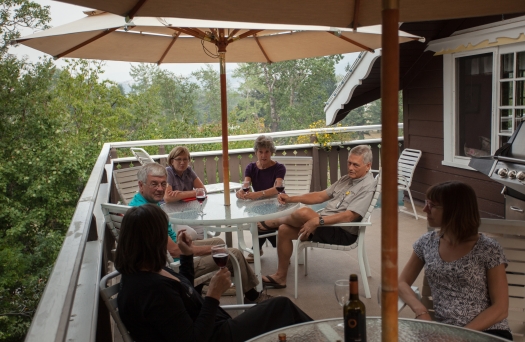
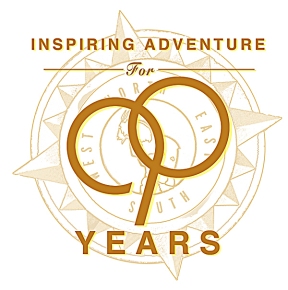

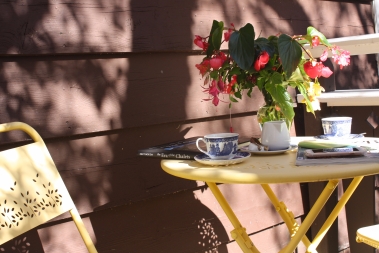
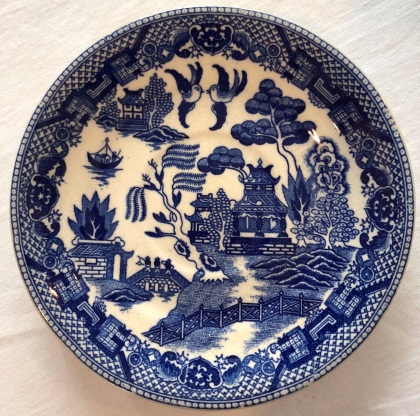 The first known printing of the Willow pattern goes back to the mid 1800’s. Over the years the Willow Pattern Legend has been passed down from generation to generation. We had a guest a few years back who was ecstatic to see we used Blue Willow because as a child her father had worked at the Prince of Wales Hotel and she remembered it along with the legend that her mother had told her about the pattern on the plates. The legend goes like this….
The first known printing of the Willow pattern goes back to the mid 1800’s. Over the years the Willow Pattern Legend has been passed down from generation to generation. We had a guest a few years back who was ecstatic to see we used Blue Willow because as a child her father had worked at the Prince of Wales Hotel and she remembered it along with the legend that her mother had told her about the pattern on the plates. The legend goes like this….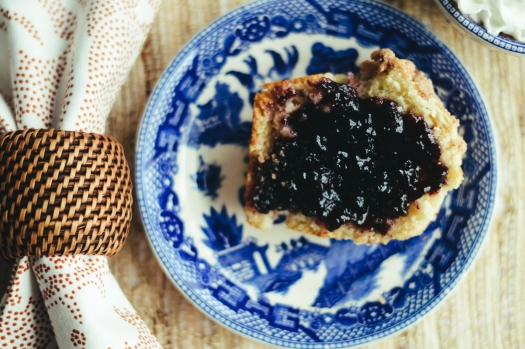
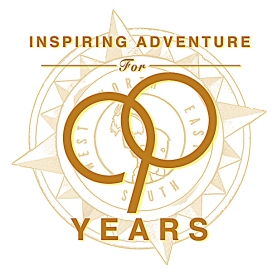
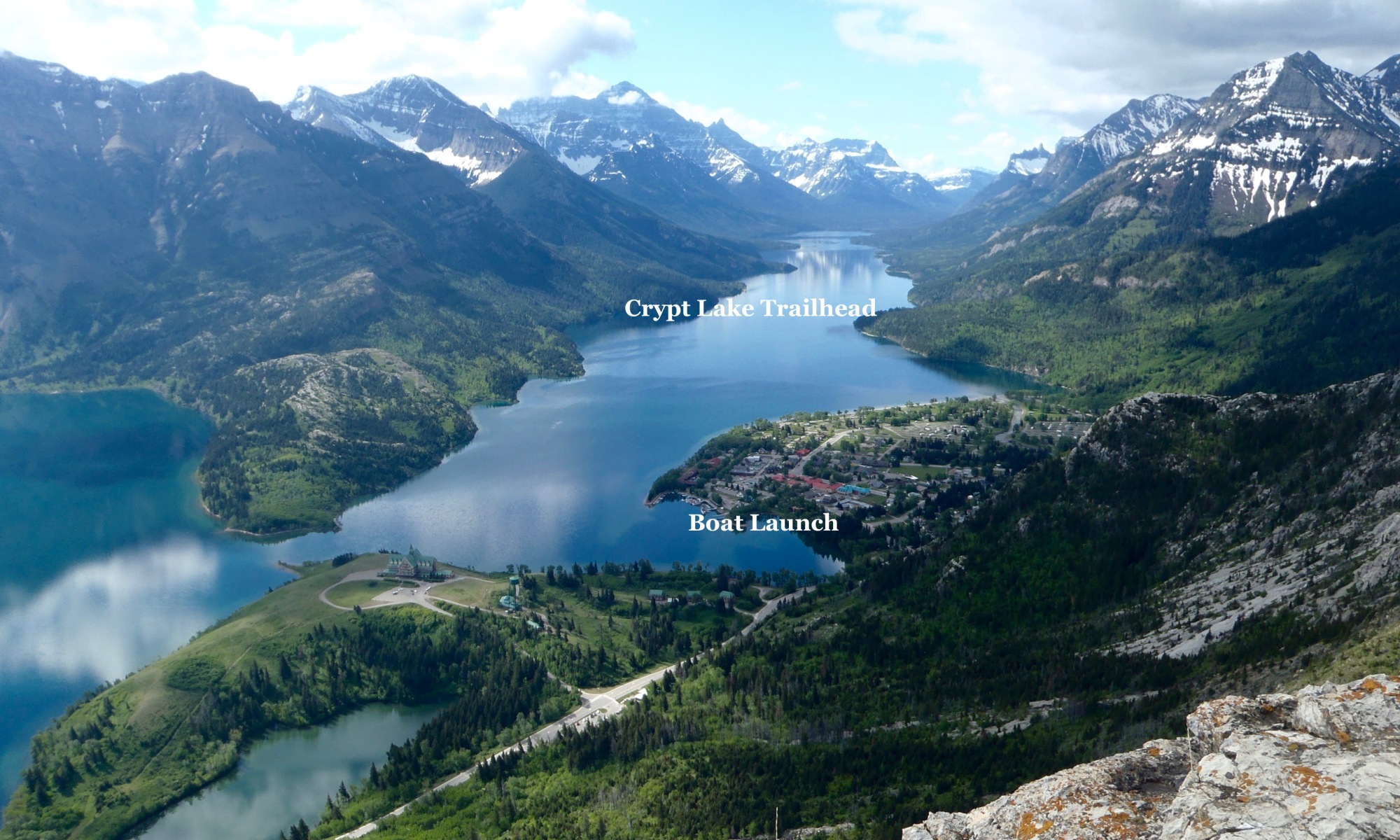
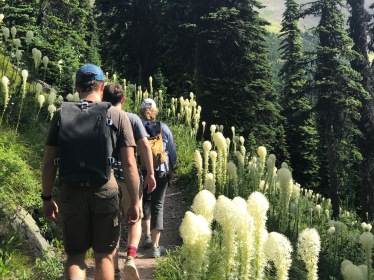 So you are planning your summer vacation to Waterton-Glacier International Peace Park and are trying to figure out what to spend your precious time doing while here! In Waterton there are several epic hikes that are bucket list worthy and one of them is the Crypt Lake Hike. National Geographic has rated this hike one of the “World’s 20 Most Thrilling Trails!” It is an all day hike (5-8 hours) and a bit of a challenge — but manageable. Make sure you bring plenty of water, lunch, and snacks. Last time I did this hike I did not bring enough water and it was not much fun; you are exposed on the south side of the mountain for a fair amount of the hike and water is really, really, important.
So you are planning your summer vacation to Waterton-Glacier International Peace Park and are trying to figure out what to spend your precious time doing while here! In Waterton there are several epic hikes that are bucket list worthy and one of them is the Crypt Lake Hike. National Geographic has rated this hike one of the “World’s 20 Most Thrilling Trails!” It is an all day hike (5-8 hours) and a bit of a challenge — but manageable. Make sure you bring plenty of water, lunch, and snacks. Last time I did this hike I did not bring enough water and it was not much fun; you are exposed on the south side of the mountain for a fair amount of the hike and water is really, really, important.
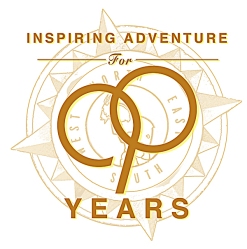

 Rhubarb is really interesting, it is a big beautiful plant that you pull by the roots like swiss chard, however, just the stalk is used in cooking. We had a spot in the garden where I decided to plant some rhubarb a couple of years ago. The first year it is planted you cannot use the plant but the second year of growth you can start pulling stalks for cooking. It grows to a large beautiful plant with lots of foliage, and the deer do not like to eat it so it is perfect in our garden.
Rhubarb is really interesting, it is a big beautiful plant that you pull by the roots like swiss chard, however, just the stalk is used in cooking. We had a spot in the garden where I decided to plant some rhubarb a couple of years ago. The first year it is planted you cannot use the plant but the second year of growth you can start pulling stalks for cooking. It grows to a large beautiful plant with lots of foliage, and the deer do not like to eat it so it is perfect in our garden.
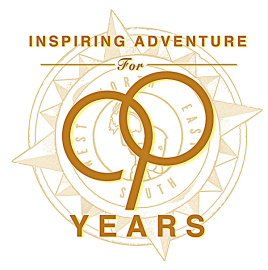

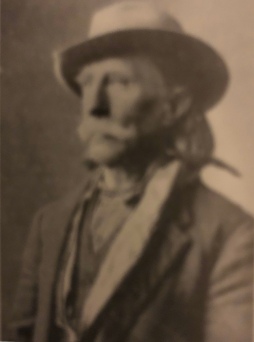 John George “Kootenai” Brown was Waterton’s first forest ranger in charge and was credited for inspiring the idea of linking the two parks. Brown realized that the border means nothing to the wildlife and linking the parks would help preserve animals and their breeding grounds.
John George “Kootenai” Brown was Waterton’s first forest ranger in charge and was credited for inspiring the idea of linking the two parks. Brown realized that the border means nothing to the wildlife and linking the parks would help preserve animals and their breeding grounds.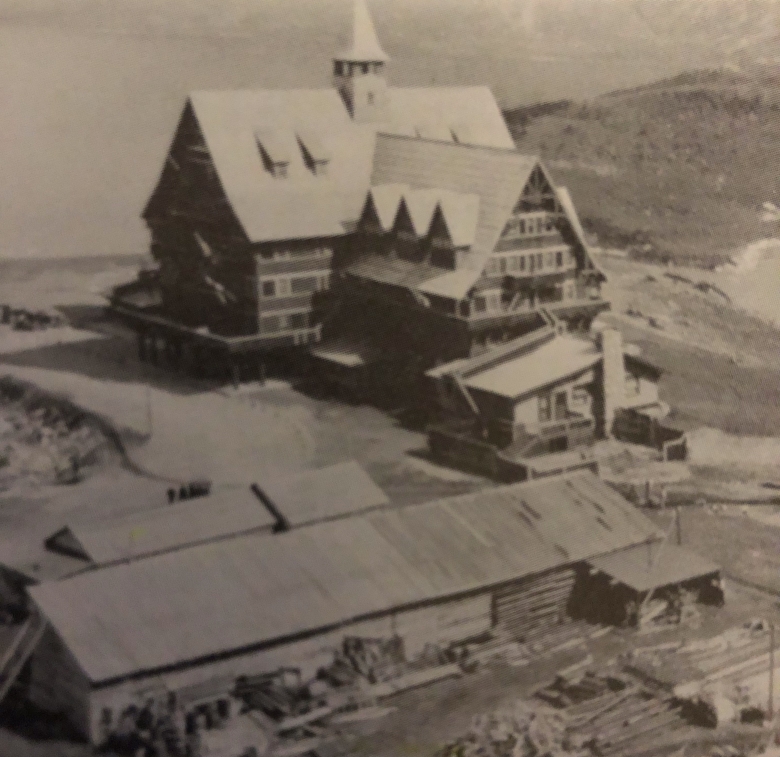
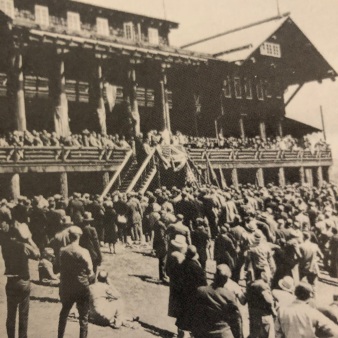 On June 18, 1932, the parks, celebrated the passage of similar bills in the United States and Canada, along with over 2000 Rotarians and guests gathered at Glacier Park Hotel to dedicate the Waterton-Glacier International Peace Park.
On June 18, 1932, the parks, celebrated the passage of similar bills in the United States and Canada, along with over 2000 Rotarians and guests gathered at Glacier Park Hotel to dedicate the Waterton-Glacier International Peace Park.